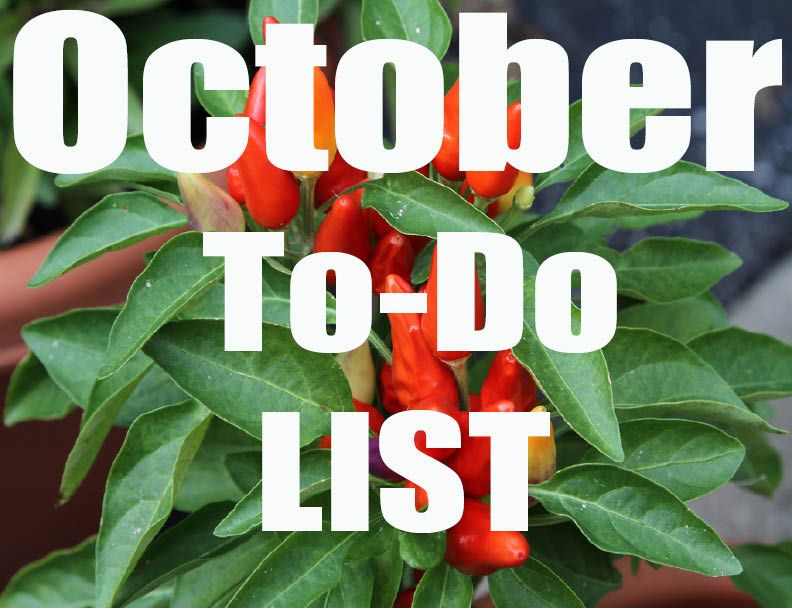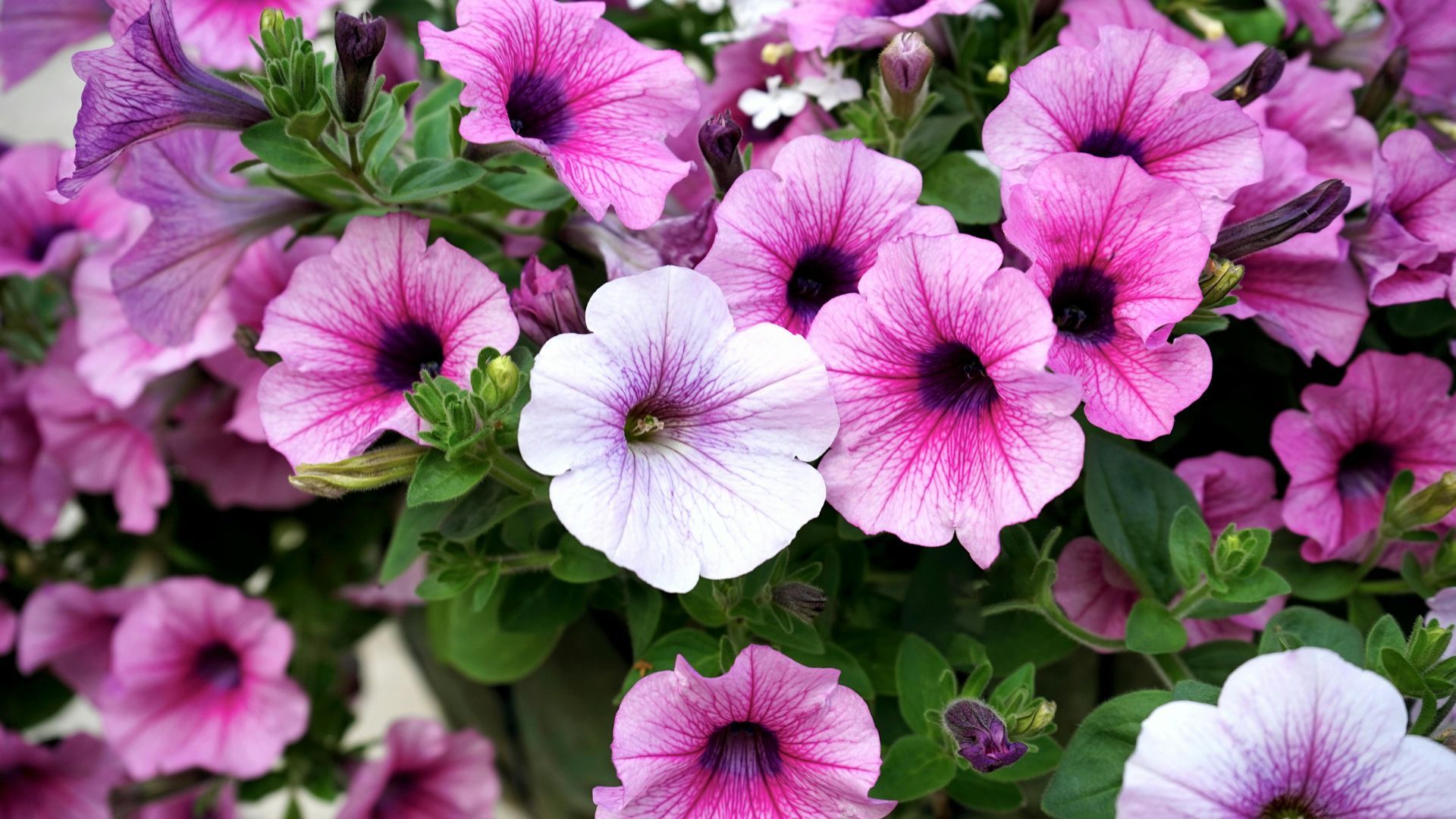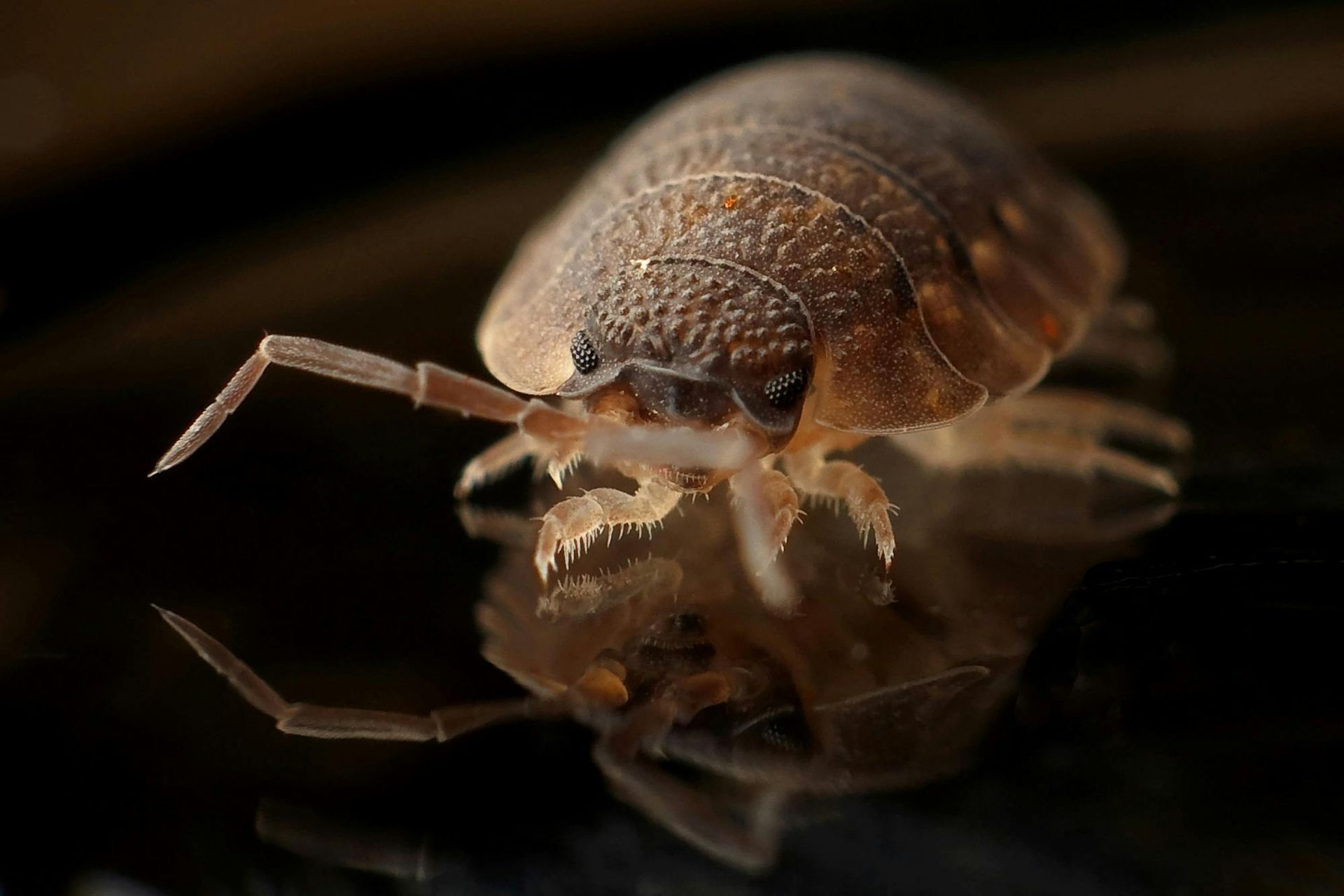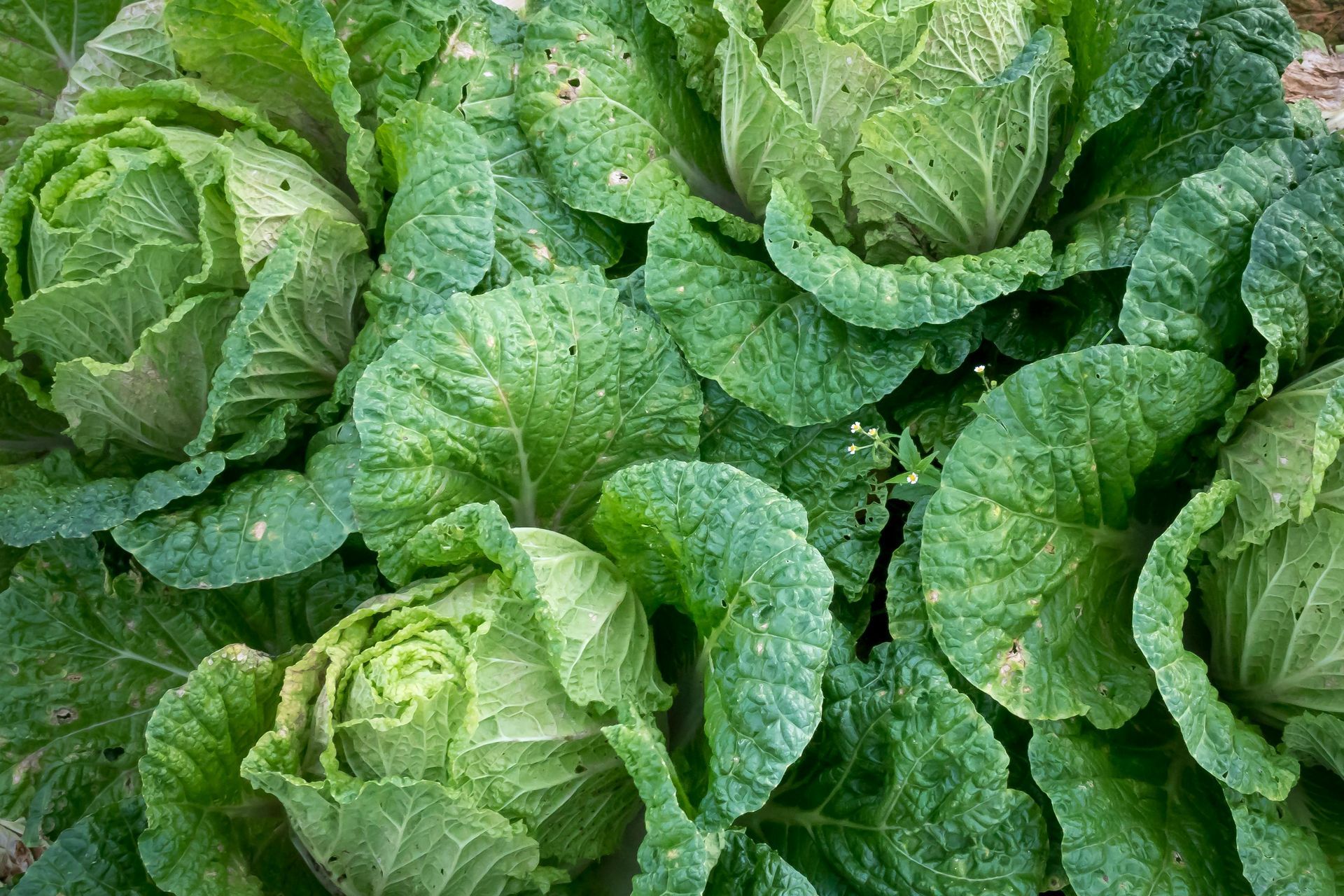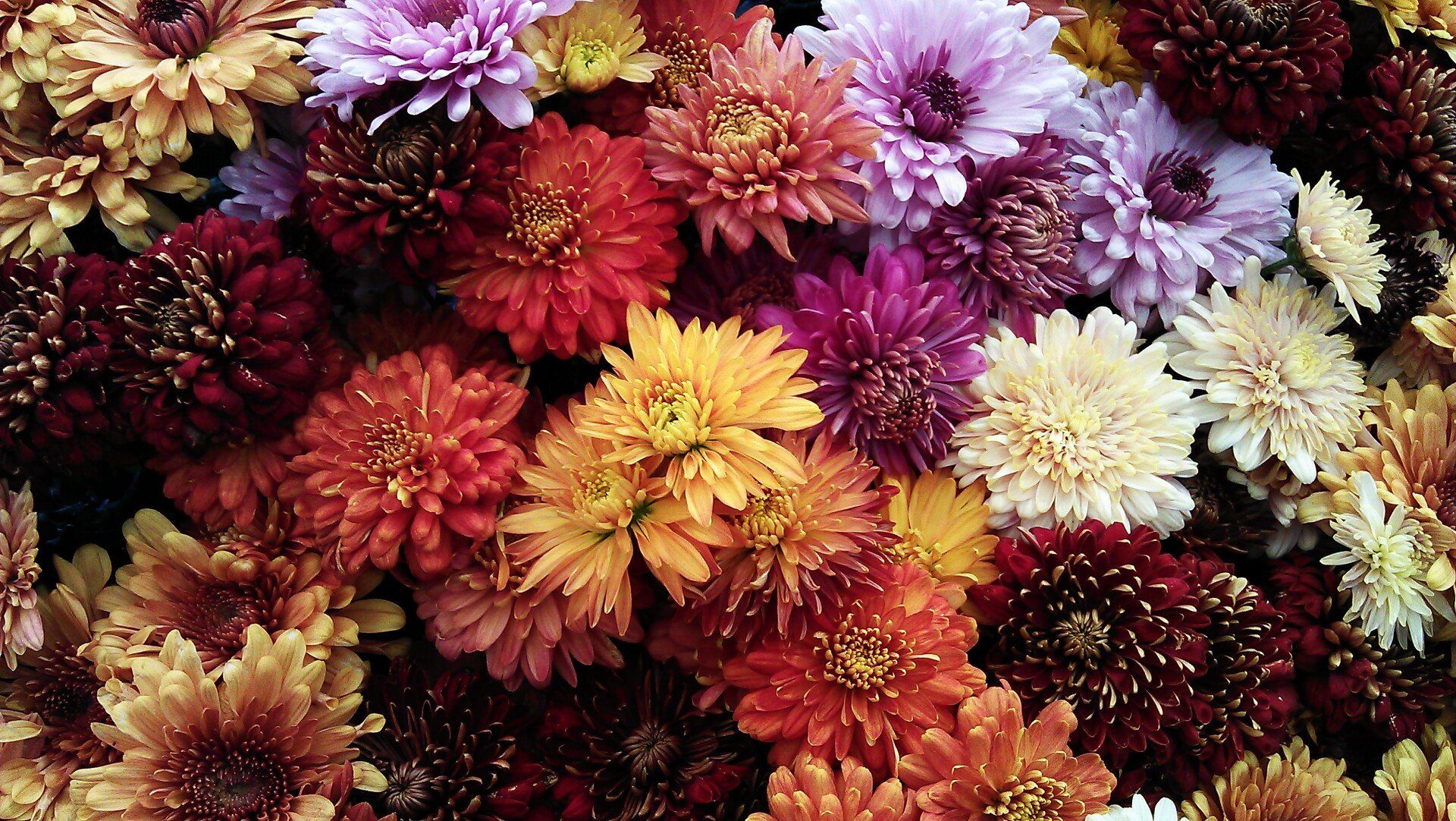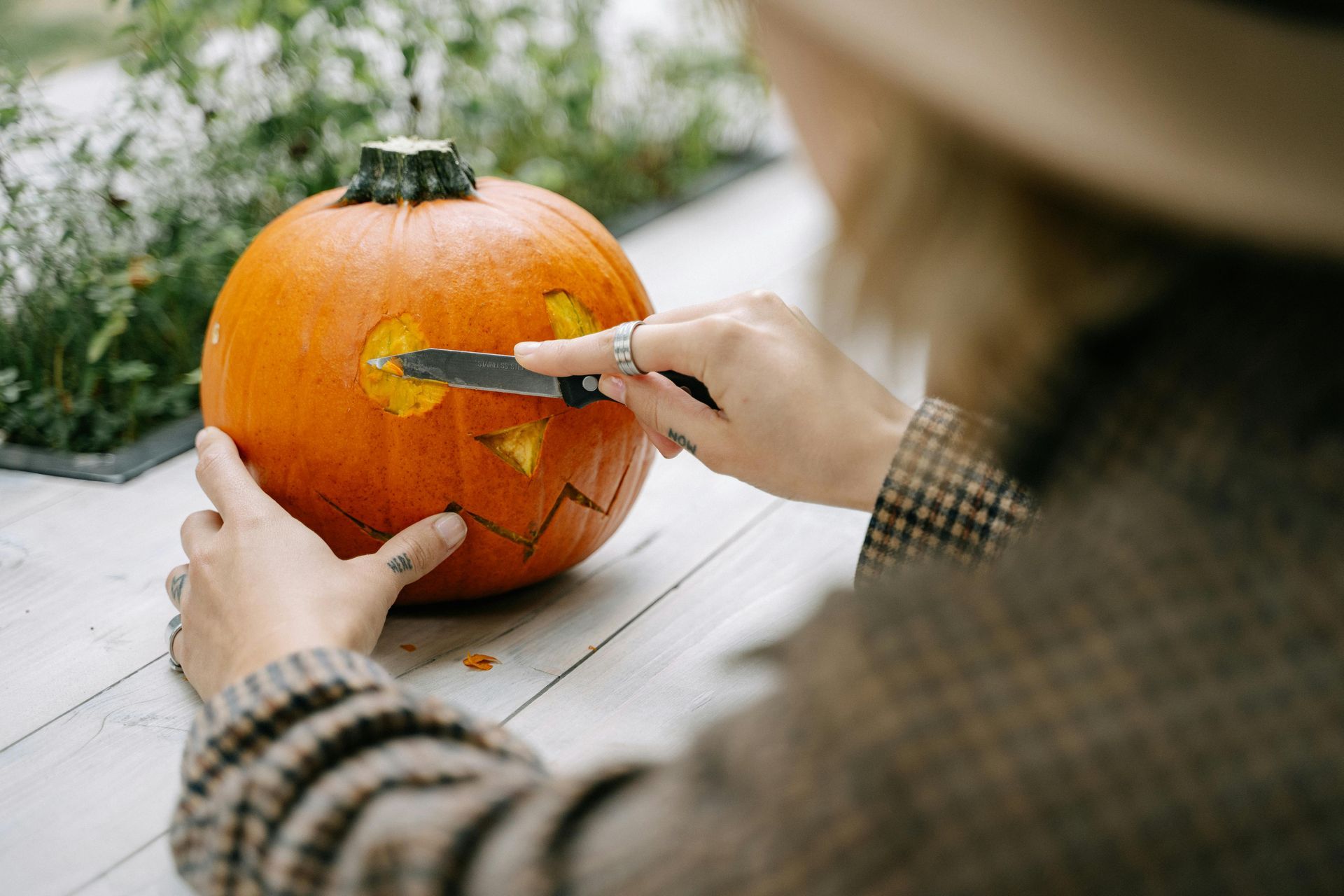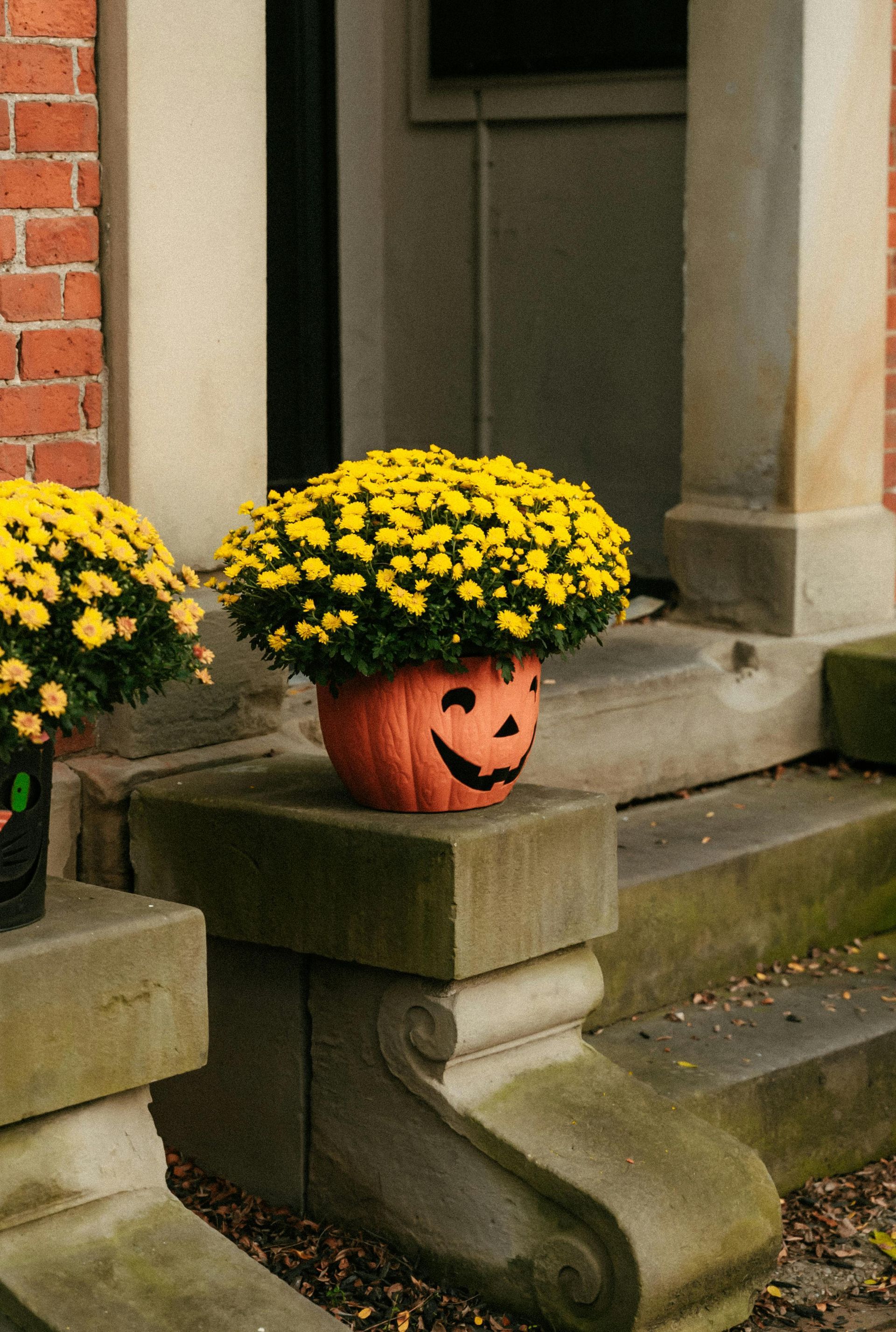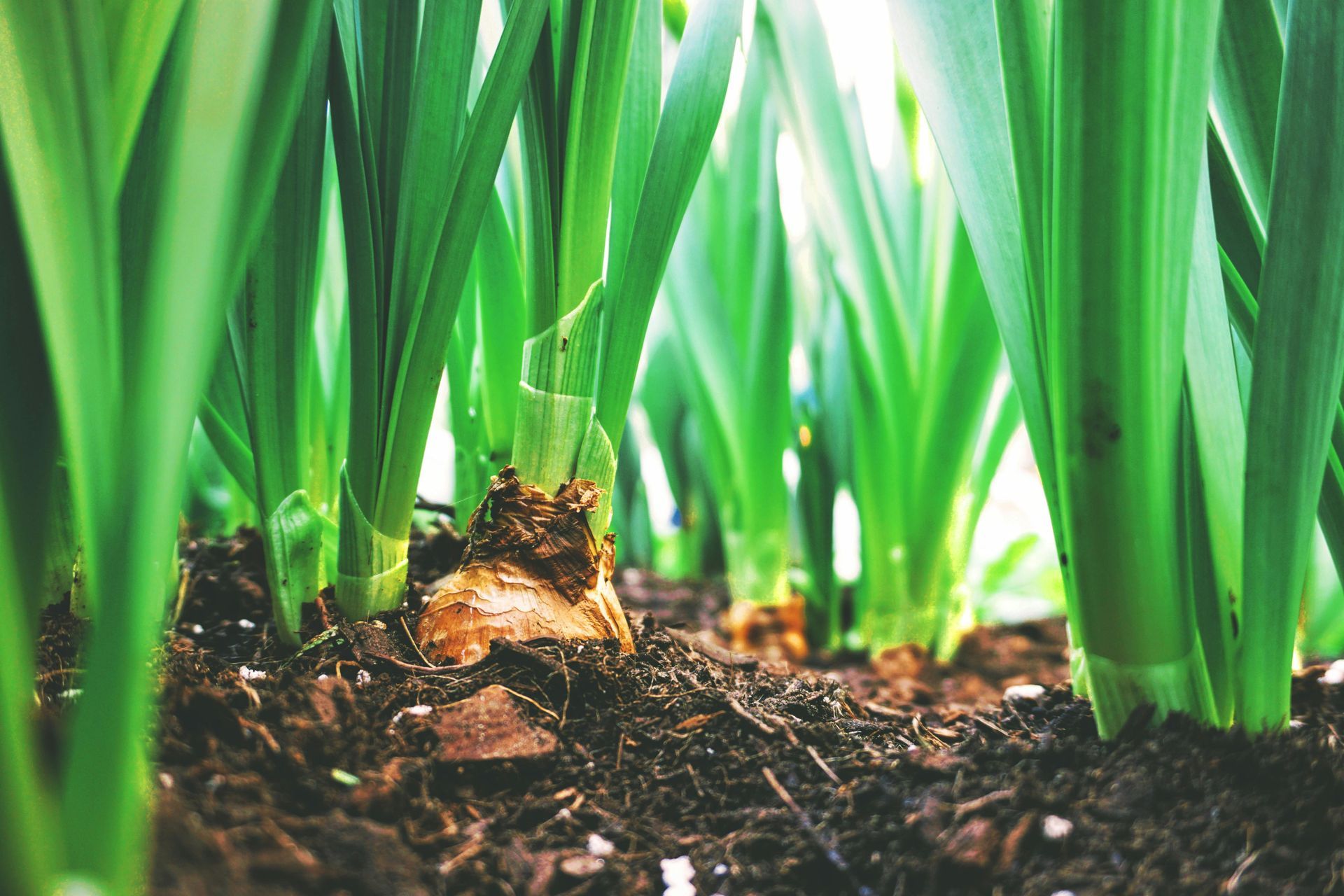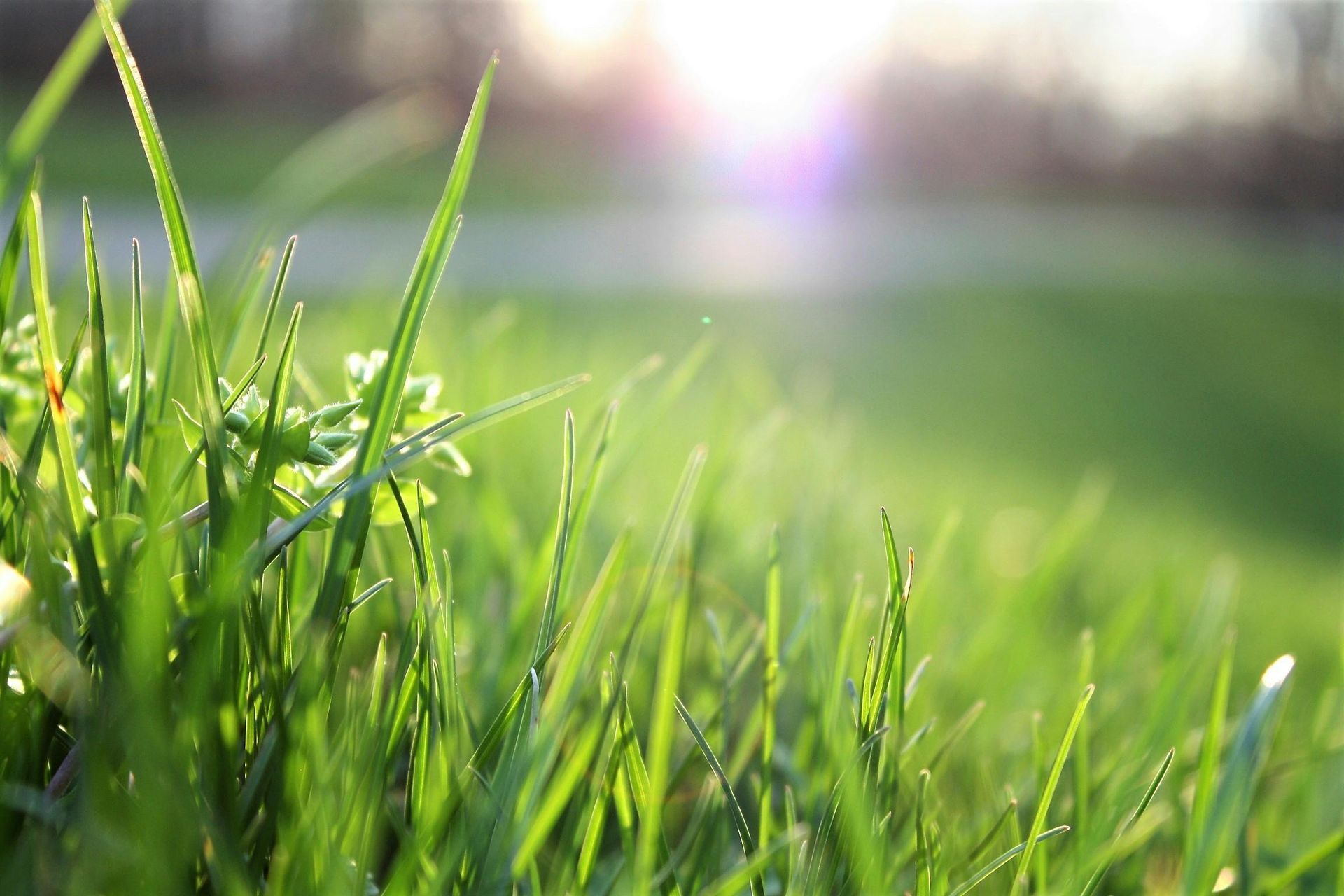Tips and Tricks for Longer Summer Bloom Times
Keep the color going in your summer landscape with these easy tips…
Flowers in the Landscape
Adding flowering plants to the landscape is the quickest way to add visual appeal. "Planting flowers" can mean different things to different people, but no matter what type of plant they select, everyone wants their flowers to last as long as possible. It’s important to choose plants that do well in our area’s summer conditions. There are lots of options, depending on the need/want for annuals, perennials, shrubs, trees, herbs, etc.
Use Annual Flowers and Foliage for Colorful Accents
Before extending the bloom season, it's important to know what the bloom season should be. Annual flowers produce blooms soon after sprouting from seed, and continue flowering throughout their short single-season lifespan. Most trees, shrubs and perennials have a more compact bloom season, and even re-blooming varieties have bloom/rest cycles that preclude a constant color show. Optimizing the bloom season requires a slightly different approach for each of these categories.
Learn more on the difference between annuals and perennials from our blog here!
Choose the Right Annuals
A key to keeping annuals blooming heavily for several months is planting those species that are coming into season. At any given time there are species that are coming into their bloom season and others that are finishing up. For example, in the South pansies and begonias may both be seen in garden centers in late February; but pansies will soon peter out because of the heat, while it is just getting warm enough to plant begonias.
Use Perennials for a Punch of Color
The great benefit of perennials in the landscape is that they come back year after year, however they tend to have a shorter bloom season than annuals. While annuals are best used in limited pockets to add a punch of color, perennials are best peppered throughout the landscape to add subtle change and bright "sparks" throughout the season.
Re-blooming Plants Extend the Flowering Season
One way to extend the flowering season in the landscape is to plant re-blooming shrubs and perennials. These cultivars outperform their old-fashioned peers by flowering on both old (last year's) growth and new (this year's) growth. Plant re-blooming varieties of roses, hydrangeas, azaleas and others and you will enjoy flowers from spring through fall.
Mix Seasonal Bloomers
Mixing spring, summer and fall bloomers of different species into a blended border is a fantastic way to extend the bloom time of the planting while adding dramatic seasonal change.
Maintain Good Fertility
Fertility is an important component for bloom production. Annuals, perennials and shrubs each have their particular needs. Feed annuals a granular time released fertilizer at planting time to keep the foliage looking great, and supplement with a liquid "bloom food" throughout the season. Perennials and shrubs should be fed general purpose plant food as they begin to grow in spring and after removing spent blooms. We can help show you which is which in our Plant Health Care room!
Deadheading Helps Plants Flower Longer
"Deadheading" is the practice of removing spent blooms. Cutting or pinching these old flower heads away helps the plant focus its energy on flower production, instead of ripening seeds. Deadheading can reduce the time between flower cycles by several weeks in the case of many re-blooming shrubs and perennials. It also helps keep annuals looking neat and tidy. Many flowers, such as zinnias, coreopsis, marigolds, salvia, scabiosa and others, bloom longer when you deadhead them.
Weed
Weed out what you don't want, so favorite flowers don't have to compete for nutrients.
Prune
For heavy bloom production, hard pruning can be a real help. Pruning stimulates branching, and more branch tips means more flowers. Pruning can be as simple as deadheading, or it can be much more aggressive. Shrubs are often pruned hard at some point (depending on their flowering time) to maintain their size and stimulate branching (read: blooms). Perennials, too can be cut back hard after their first bloom cycle to rejuvenate foliage and stimulate a secondary bloom cycle.
Watering Is Key to Bloom Production
Stressed plants are capable of flowering rather intensely. This is probably a survival instinct that ensures the plant reproduces. Don't use this instinct as a strategy. Maintaining a healthy soil moisture level will ensure both good bloom production and the longevity of the plant itself. The generally used rule of thumb is one inch of water, from a combination of rainfall and irrigation, per week.
Container Plantings
Colorful containers are wonderfully flexible, but require a bit of extra attention to provide consistent color. Water and fertilization will need to be provided perhaps twice as often, or more, compared with in-ground plantings. The good thing is the ease of popping out tired plants and popping in new ones as the season progresses. Our Potting Station can help create a beautiful piece for you! Or, you can visit our garden center to shop our pre-made containers!
Click here to read our blog on how to create a container garden!
Foliage Plants
If a colorful, visually appealing landscape is your goal, flowers aren't the only game in town. Consider the effect that foliage can have on the overall picture. Bold colors and textures, structure and even motion are some of the benefits that leaves bring to accent flowers. Foliage lasts all season without the maintenance requirements of flowers, and many of the "foliage plants" offer flowers of their own, like the ornamental flower/seed heads on this purple fountain grass.
A Colorful, Mixed Landscape
Long-blooming flowers are beautiful, all the more in a well-mixed landscape. Strategically placed annual flower beds, well positioned containers filled with color, expansive perennial gardens and shrub borders all bring their own unique presence to a well-cared for landscape. Providing for their basic needs and tweaking your maintenance habits will ensure that they all maximize their effects on the big picture.
